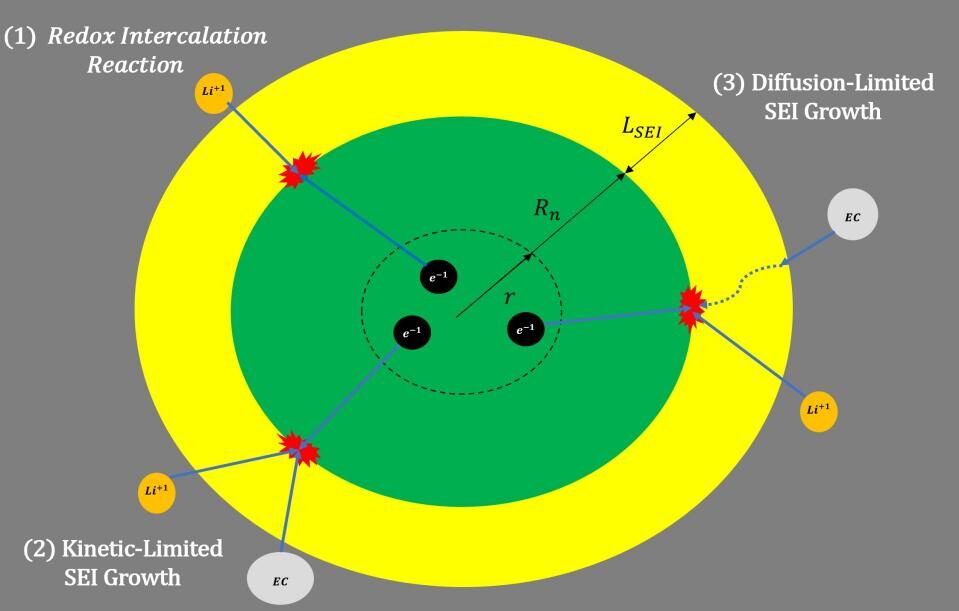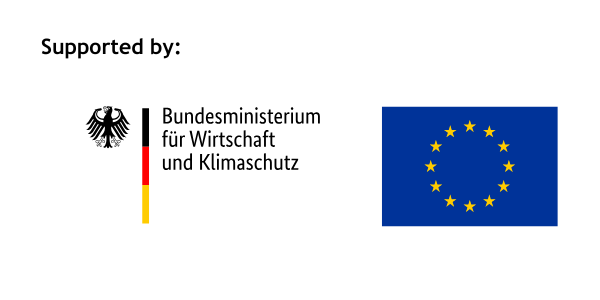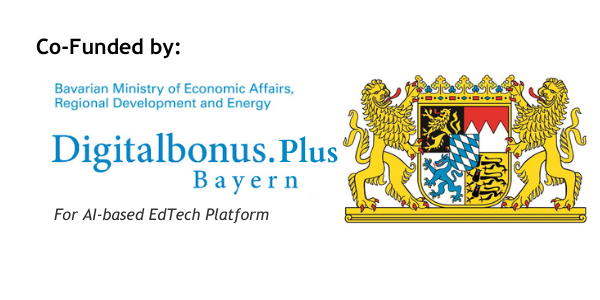Simulating Heat Transfer in a Radiant Heater: An Interactive Web App

APP_heater_performance
What the App Does
The app estimates the equilibrium temperature and radiative efficiency of a heating element based on user inputs:
Total power P in watts
Heater surface area A in cm2
Cooking or target surface area Ac in cm2
Emissivity e between 0 and 1
It also checks whether the available power is sufficient for grilling or high temperature applications, based on the ratio P / Ac.
The Physics Behind It
At its core, the simulation is based on the steady state energy balance:
P_in = e * s * T^4 + h * (T – T_amb)
where:
P_in is the power per unit area (W/m2)
e is the emissivity of the surface
s = 5.67e-8 is the Stefan-Boltzmann constant (W/m2*K4)
h is the convective heat transfer coefficient (W/m2*K)
T is the surface temperature (K)
T_amb is the ambient temperature (K)
The first term represents radiative losses, while the second accounts for convective cooling.
By solving this equation iteratively, the app finds the temperature Tf where the emitted power matches the supplied power.
What You See
After entering your parameters and clicking Calculate, the app:
Computes the input heat flux Pin = P / A.
Finds the equilibrium temperature Tf.
Calculates the radiative efficiency eta = (e * s * Tf^4) / Pin.
Checks whether the total power is sufficient for the given cooking area.
Displays two interactive charts built with Plotly.js:
A Power vs Temperature curve showing the intersection between emitted and supplied power.
A bar chart of the energy balance, dividing total power into radiation, convection, and input energy.
Example Result
A typical result might show:
Tf = 1050 K
Radiative efficiency = 78%
Convection losses = 22%
Power density P / Ac = 2.1 W/cm2 → sufficient for grilling
The second graph gives an immediate idea of how much energy is emitted as radiation versus lost through convection – a useful insight when optimizing heater design or insulation.
Why It Matters
This small app bridges the gap between theory and intuition.
Instead of reading equations on paper, you can instantly visualize how changing the emissivity (for example, from polished steel to oxidized metal) or the heater size affects temperature and efficiency.
It is particularly useful for:
R&D engineers working on thermal appliances (ovens, grills, heaters)
Students learning heat transfer fundamentals
Makers and designers performing quick feasibility checks
Technology Behind the App
HTML and CSS for structure and layout
JavaScript (ES6) for the simulation logic
Plotly.js for the interactive charts
MathJax for formula rendering in LaTeX
Everything runs locally in your browser – no server, no installation required.
Try It Yourself
You can run the script directly in any modern browser.
Simply paste the code into a file named heater_simulation.html, open it, and start experimenting with your own parameters.
It is a small and lightweight tool – but it reveals a lot about the relationship between power, temperature, and efficiency in radiant heat transfer.













Responses